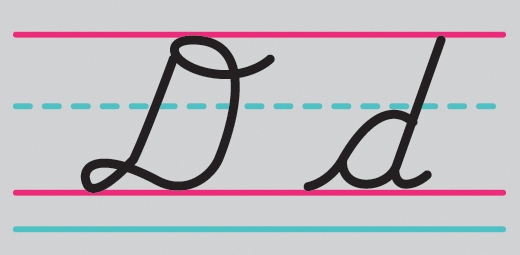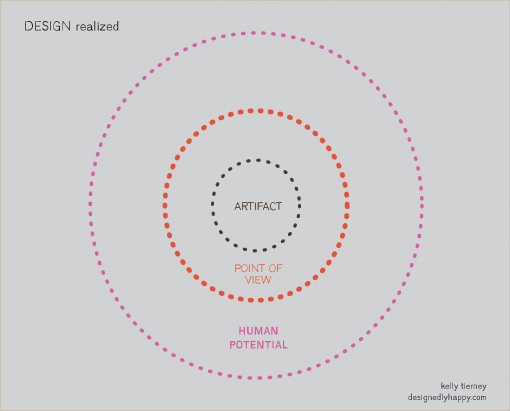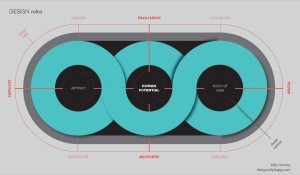Design Futures: the words we use matter
Posted on November 21, 2010 | posted by:What we need is a mechanism to inform our design decisions and allow the discourse on design and methods to grow and flourish well outside our own world. Rather than banish the artifact maker to the kids table we would be better served to define design’s intent. This definition can help guide us in describing our roles, including that of the maker, a role that should not be tossed aside but described as part of a greater set of attributes designers have at their disposal.
The broadest of these scales, Human Potential, weaves its way through human centered approaches, where serving a segment’s potential will often benefit the whole. Unlike human centered, revealing human potential does not often enter into the goals of the design process for many projects. It sneaks into our thoughts when we look beyond client briefs and marketing strategies. It may become exposed as part of a critical assessment when we are scrutinizing the impact of a design. It is that nagging feeling that even though we advocated for our end user, we demanded thoughtful material choices, we negotiated at the height of our abilities, something is still missing.
For us to shift into a new phase of design we should consider a shift from ‘Human Centered’ to that of ‘Seeking Human Potential’. Sure the phrase needs work but the sentiment helps us view the results of our labor differently. It also negates the impulse to use the descriptors (d) vs. (D). It shifts the artifact to its proper place, the central means of delivering our Point of View and our methods for embodying our human potential.
As we assess the goals of design it is important to consider the roles of designers. Some of us focus on one or two areas and others switch roles fluidly. By describing roles as flexible and nonexclusive I hope to illustrate the adaptability of designers. There are eight core roles that I currently use to describe designer’s roles. This is an evolving framework that should be used as a starting point for conversations and not as a way of siloing designers into tidy categories. These eight roles are: facilitator, advocate, catalyst, filter, connector, explorer, creator, and destructor*.
By articulating our value and the roles we play we will be able to better filter the work we choose to do. Based on these roles we may wish to preface ‘design’ with a descriptor to help define the scope of work we are interested in. these might be: strategic designer, experience designer, interaction designer. At times it may be useful to describe ourselves as creative thinkers, futurists, or as one friend and former colleague describes himself – a UI Warlord. We should not be afraid to simply state what it is we do, where our strengths (and shortfalls) are as well as what we hope to accomplish along the way.
*The concepts of destructor and human potential have been borrowed from Clive Dilnot’s Design for the 21st Century lectures at Parsons, Fall 2010
Kelly Tierney
designedlyhappy.com
@designedlyhappy


